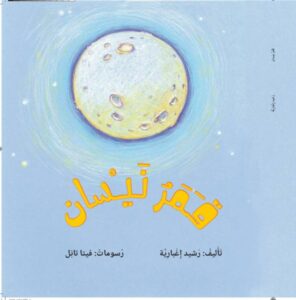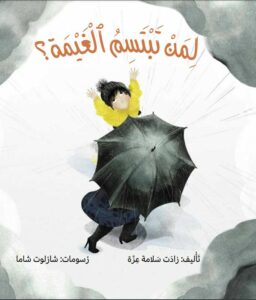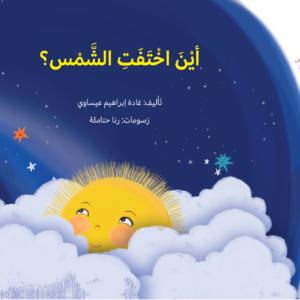Let’s talk...
About our child’s desires and dreams: We can talk about them, reflect on whether they are achievable, and explore how to turn desires into goals and what helps us achieve them.
About problem-solving: What challenges have we faced, and how have we successfully invented solutions? We can recall our child’s successful experiences.
About natural phenomena: We can observe a natural phenomenon, listen to our child’s explanation, and explore its scientific reality together, such as falling leaves, sunset, and sunrise, cloud formation, and rain.
About gifts: What gifts does our child wish to receive? What surprise gifts have delighted them?
About our shared experiences: What activities does our child want to participate in together? We can brainstorm ideas for an enjoyable and meaningful time together.
Let’s enrich our Language...
The moon: We can learn the basic phases of the moon (crescent, full, new). We familiarize ourselves with the concept of lunar months.
Nisan: It is one of the months in the Gregorian calendar (solar). We can recall the months and observe the characteristics of each of them.
Meanings of words: We can clarify new words and explain their meanings (gap, dim, stillness). We can think with our child about words that sound or mean something similar.
Let’s explore...
Light and shadow: We can choose a room for a nighttime game, turn off the lights, and use lamps to explore the images we can create by reflecting our shadows on the wall. We can invent shapes and movements and enjoy their shadows.
Moon phases: We can observe the moon for several days. We may photograph or draw it and compare its different phases. We may seek information from scientific sources.
Let’s create...
Enjoy songs and poems about the moon. We can perform expressive movements, dancing together to their tunes.
Prepare a moon-themed board: We can add shiny crescent-shaped strips to a black cardboard every day until it completes the full moon shape.
Let’s have a conversation...
About the title “For whom does the cloud smile?”: We can discuss the title with our child and ask them: For whom, according to you, does the cloud smile? And why?
About our child’s hobbies and interests: Amir likes to watch the weather. We can talk with our child and ask them: What are the things that they like to do?
About the behavior of the characters: Amir watched the two cats, the doll merchant, and the students hide from the rain. We can ask our child: What do they like to do when it rains? How do they behave?
About our relationship with our grandparents: Amir told his grandmother that he knew for whom the cloud smiled. What did he mean by that? How was his relationship with his grandmother? We can talk with our child about the things they would like to do with their grandparents.
Let’s create and imagine...
Various shapes are formed from clouds: we can look at the clouds with our children and imagine what they could be.
Let’s enrich our language...
We can enrich our child’s language and explain to them new words: flags, forehead, curled up – and make it easier for them to use in our everyday language so that they become part of their linguistic dictionary.
Let’s explore...
Amir asked: “For whom does the cloud smile?” We can think about the environmental phenomena in our environment and encourage our children to formulate questions about them. We can also look for information with them.
A question...
Where does rain come from? A question that leads us to search the Internet with our children.
Where did the sun go...
“Where did the sun go?” We can think of humorous answers to write or draw on the last page of the book.
The sun visits...
The sun visits her friend to play with her. Who are our friends? Which games do we like to play with them?
The sun makes...
The sun makes a cake with her mother. What do we like to do with our parents or siblings?
It’s fun to play...
It’s fun to play some games from our childhood with our kids, like hide and seek.
We can create...
We can create a “Question Box” with our child, where we add different questions about several phenomena that baffle other family members. We can write these questions on small pieces of paper and put them in the box. Then, each of us can pull a piece of paper, read the question written on it, while the others try to think of imaginative and creative answers!
 Nisan’s Moon
Nisan’s Moon  To whom the cloud smiles?
To whom the cloud smiles?  Where Did the Sun Go?
Where Did the Sun Go? 
